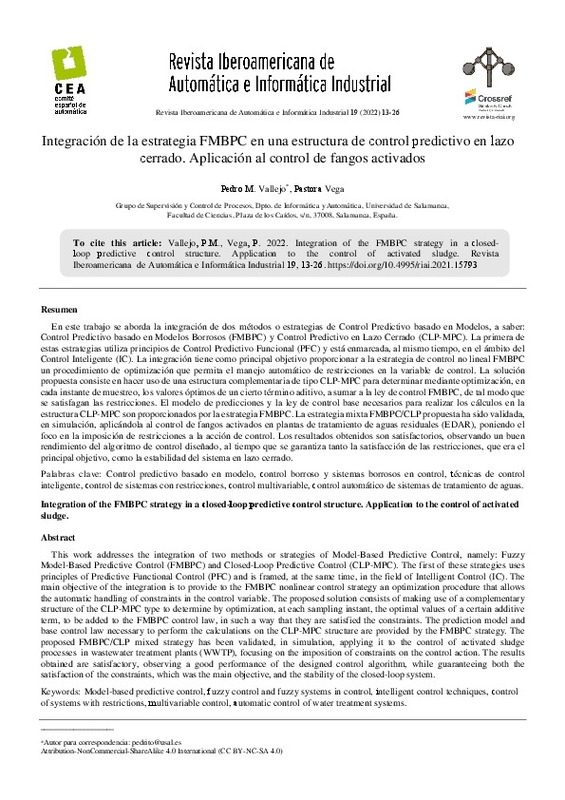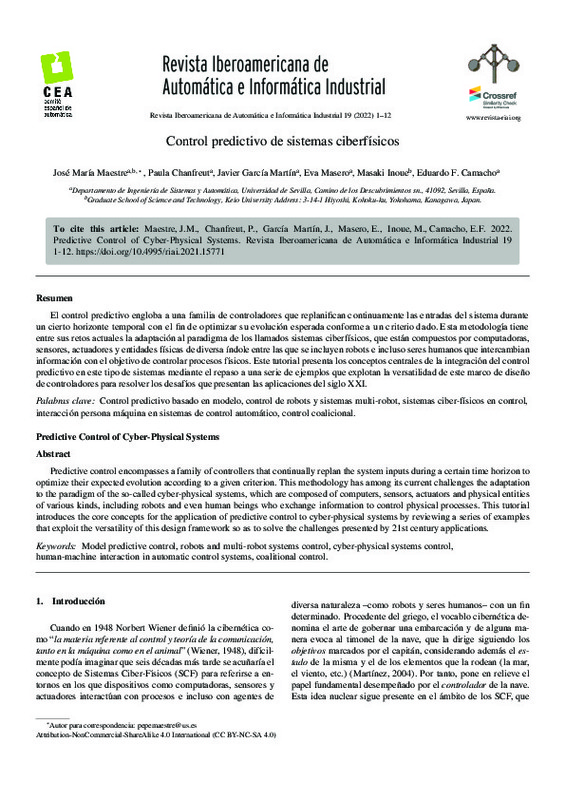|
Resumen:
|
Trabajo Final de Grado en modalidad de convenio con empresas e instituciones. Estudio de Arquitectura y Urbanismo Llorens, Fornes y Navarro SLP
[ES] En este TFG se estudia el proceso de rehabilitación del Palacio González Campuzano. El edifico, de estilo barroco neoclásico, tiene su origen en los siglos XVIII y XIX, siendo reconstruido totalmente en el año 1985 ...[+]
[ES] En este TFG se estudia el proceso de rehabilitación del Palacio González Campuzano. El edifico, de estilo barroco neoclásico, tiene su origen en los siglos XVIII y XIX, siendo reconstruido totalmente en el año 1985 por el Banco Hipotecario y adquirido posteriormente por la Comunidad Autónoma de la Región de Murcia. El edificio se localiza en la ciudad de Murcia, en la Plaza de Julián Romea nº 4, formando esquina con las calles Alfaro y Manfredi. Está catalogado como Bien de Interes Cultural, con un grado de protección 3 (en la fachada recayente a la plaza Julián Romea) y tiene la calificación de Suelo Urbano, manzana cerrada de uso residencial. El proyecto se divide en cinco bloques: estudio y análisis del proyecto, diario de obra, control de calidad, seguimiento económico y, seguridad y salud. El proyecto consiste principalmente en la reestructuración de la distribución interior de cada planta del edificio, sin modificar la estructura existente. Únicamente se demolerá parcialmente el forjado de primera planta, consiguiendo una doble altura para ubicar el salón de actos. Las fachadas se renuevan y se sustituyen los elementos deteriorados. La entrada principal, desde la plaza Julián Romea, se conserva como tal, realizando un nuevo acceso desde la calle Alfaro destinado principalmente al salón de actos. Se renuevan todas las instalaciones del edificio: climatización, eléctricas, telecomunicaciones, fontanería y saneamiento. Aunque la cubierta no presenta ningún síntoma de filtraciones, se realizan pruebas de estanqueidad y se mejoran sus condiciones impermeables. Las actuaciones llevadas a cabo en cada planta se describen detalladamente en el apartado de la memoria constructiva. En el apartado de organización de la obra se estudia la simultaneidad en el proceso de rehabilitación entre las distintas plantas del edificio.
[-]
[EN] This Bachelor’s Thesis refers the rehabilitation process of the Gonzalez Campuzano Palace. This Palace, of Neoclassic Baroque style, was built between the eighteenth and nineteenth centuries, and was completely rebuilt ...[+]
[EN] This Bachelor’s Thesis refers the rehabilitation process of the Gonzalez Campuzano Palace. This Palace, of Neoclassic Baroque style, was built between the eighteenth and nineteenth centuries, and was completely rebuilt in 1985 by the Banco Hipotecario and later acquired by the Comunidad Autónoma de Murcia. The building is located in the city of Murcia in the Julian Romea Square 4, at the corner of Alfaro and Manfredi Streets. It is listed as "Bien de Interés Cultural", with a third degree of protection and has the qualification of residential urban land, closed block. The project is divided in five parts: preliminary study and analysis, constructive memory, quality control, cost control and safety and health control. The project consists primarily on the restructuring of the interior layout of each floor of the building without changes on the existing structure. Only the wrought of the first floor was partially demolished, getting a double height in order to locate the hall. The facades are renewed and the damaged parts replaced. The main entrance, from Plaza Julian Romea is preserved, making a new access from the street Alfaro intended primarily for the auditorium. The HVAC, electrical, telecommunications, plumbing and sanitation facilities building are all renewed. Although the roof shows no sign of leaks, leak tests are performed and waterproof conditions are improved. The actions carried out in each plant are described in detail in the each section of constructive memory. In the section on work organization it is studied the simultaneity in the rehabilitation process between different floors.
[-]
|




![[Cerrado]](/themes/UPV/images/candado.png)



